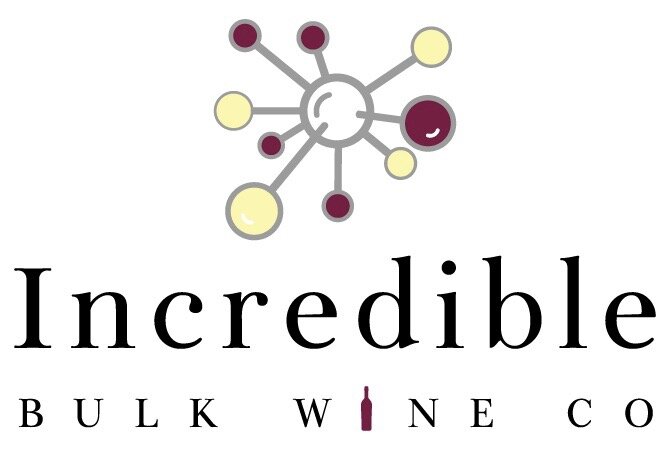Upside of the Downturn
Much has been made over the past decade regarding the ominous shadow cast by the consolidation taking place in the wine industry. As the buying power and leverage increased on the part of larger wineries, how would smaller wineries survive the 3 tier system? How could independent brands reach consumers when so much of the shelf was occupied by the heavies?
Fast forward to the present moment where large volume producers have seen double digit decreases in sales at lower price points. Currently, mid sized brands at $15-$25/bottle have seen significant growth. Companies thinking creatively about their marketing approach have found direct sales models that bypass the three tier logjam and are seeing their business double and triple in their second and third years of business. The luxury segment, naturally smaller in volume than lower price point models, continue to see modest growth and an increase in audiences seeking experiential consumption.
The way Americans viewed consumption and farming ran in tandem through the wine industry’s growth. The conventional wisdom disseminated from the USDA through agricultural investment strategy was that tons per acre were the measure of success in American agriculture. The baby boomers through Gen X were brought up around the idea that alcohol and meat were signs of wealth and achievement, and that both should be consumed vigorously. This idea supported commercial farming principals to meet volume consumption.
Millennial and Gen Z generations seeking lifestyle experiences, stories that encourage the consumers to feel good about making choices borne out of health consciousness and social responsibility are stepping into the spotlight on the stage of wine. The pivot towards reasonable consumption and social responsibility point towards a change in the volumetric philosophy of the past. The way a consumer feels about their purchase decisions is calling forth some of the best parts already inherent in the wine community.
Wine has long since been one of the most elegant and time honored ways of bringing people together. The making of wine, as well as the selling and consuming of wine are group efforts that evoke romance and nostalgia. Consumers want and feel the need to be in beautiful places having meaningful and memorable experiences. Wine may offer this opportunity in ways that no other experience in the alcohol industry can.
A bright silver lining is taking place around what first appeared to be a dark cloud over the wine industry. Large wineries are making layoffs and are downsizing their teams in response to the reduction in sales. Out of this diaspora of talent, new businesses are being developed, new ideas with new energy are being heard, and new ways of telling the story of wine that were viewed as too risky in the corporate board rooms are now being beta tested on our audience with some stunning success stories. New businesses and emerging leadership are unencumbered by risking their careers on making creative suggestions. Necessity is forcing the door open to concepts that were before stifled for not being tried and true.
Innovation is generally borne out of necessity, and the crossroads at which the wine industry finds itself will lead to new directions that will generate the growth and development that is needed to carry it forward into a brighter future.
